
Using employees’ presence on social media to create brand loyalty and trust – is there a better way to use social media?
You (or the bright spark in your marketing team) picked up on this a while ago and your Employee Advocacy program was born. Excitement was thick and expectations were high. This was going to be the start of a new beginning for your company. Fast forward a few months, and you’re not so confident. Things started out well, but for some reason, engagement for the company’s employee advocacy program has declined drastically and doesn’t seem to be picking up again.
It would get you thinking, wouldn’t it? Are your employees not as loyal or convinced about your brand as you thought they were? Was this program a bad investment?
Well, don’t panic yet. It is often noted that engagement from the workforce often declines drastically about 4-5 months into the employee advocacy program. More often than not, this isn’t because of fundamental problems such as employee disloyalty or disinterest, rather it may be an indicator of a few missing elements from your program.
What do you need to get your program back on track? This blog discusses three elements that can boost your employee advocacy program:
1. Leadership Support
A key for maintaining the tempo of an employee advocacy program is leadership support. In fact, for any new program to work beyond the initial honeymoon period, it needs to be adopted and championed from the top.
A best practices report by the Altimeter Group on ‘The 2015 State of Social Business’, mentions that currently only 27% of organizations report that their VP/ Director level executives are active on social. To make it worse, only 9% C-Suite executives are active on social media. A majority of the executives have the view – ‘this is marketing’s job, not mine’.
The top leadership’s continued support is absolutely essential for your employee advocacy program to be adopted by your workforce.
But how can you get your leadership’s support for such a program? The Altimeter Group recommends that to engage leadership you need to ‘show the imperative of social and how it connects to the leader’s business objectives.’
Show leadership how an employee advocacy program is going to directly contribute to meeting the business goals that they have planned for.
1) Show senior leadership the figures and clearly explain how each employee has a far more effective, personalized reach on social media, as compared to the standard social reach the company would have on its own.
2) Show them how easy it is to use social media and provide a clear policy that outlines employee conduct.
2. Social Media Training
Remember your employees are not another marketing channel. Rather, they are individuals who need to be trained and taught on how to build their personal brand online on various social media platforms. Declines in engagement in your advocacy programs can often be attributed to employees not being confident in using social media, and also being wary of what they post, in case they break company policy.
Showing your employees how to create a new Twitter or Facebook account is not enough. It won’t auto populate and direct their contacts to you on its own. Rather, you need to help them to help you. Show them how they can create and share content that they are passionate about, which will in turn grab the attention of their social contacts. Show them what is acceptable and what will meet the company policy on best practices. They will then become confident in advocating you on social media and help you by opening up their trusted contacts to you as potential customers. Yes, build social competency within your workforce…not robotic amplifiers for marketing. This does take time, but will reap you long lasting benefits.
Back in 2011, Bluewolf launched a campaign to get their employees more involved on social networks. The aim was to harness the combined knowledge of all employees, as well as use their contacts to generate more business. To do this, they formed the following plan to train and engage their employees on social media:1) Define clear goals that translated into definite and tangible actions for employees
2) Chose the right team to endorse the program company-wide
3) Provide regular communication on specified channels to all employees, so that they knew what to expect and when
Another Case in Point: Adobe
Adobe has trained nearly 30 percent of their employees through their Adobe Social Shift Training Program, moving employees gradually from a state of social awareness to a state of social excellence. Their curriculum focuses on teaching not just policies and guidelines, but also explains what they are trying to accomplish. This course is provided through training modules, workshops and events.
3. Engaging and Shareable Content
In the chapter ‘Attention’ in John Medina’s Brain Rules, Medina tells us that out of all the messages vying for attention, only the ones that are connected to memory, interest and emotion, and which are meaning-laden are the ones that actually break through our awareness and keep us interested. The same is true of Employee Advocacy program. You need to keep it fresh, exciting, and meaningful if you want your workforce to be stimulated by it. A key way of doing this is by ensuring that you provide content that is engaging and easily shareable.
• Give employees content that can be shared as is, and not such that it requires to be redesigned by your staff before sharing.
• Launch small quick burst campaigns that are aligned with your content calendar, marketing strategy and corporate events.
• Include hashtags in the campaign and request for employees to submit content on a particular topic, with rewards provided for members who participate
Back in 2009, AT&T launched their ‘Social Circle’ program. They promoted the hashtag #ATTEmployee for a short campaign, and this was successfully used to garner interest in the company. The result? As of February 2014, the company estimates an ROI on media value of over $1 million, a community of 1533 members who have produced over 20,000 social media posts and audience engagement over 400,000.
For the 2015 Christmas season, Starbucks has encouraged their employees (referred to as Starbucks Partners) to tweet images of the product displays that are being set up for the festive season and tag them as @starbucksprtnrs and #tobeapartner. It’s too early to quantify the results of this campaign, but the response so far shows that employees are eagerly doing this. It is a complete win-win for the company – Starbucks is receiving attention on social media. The employees’ job satisfaction levels are soaring too. The key to success for this campaign was making it easy and enjoyable for the employees to share content.
• Give employees content that is relevant to them and their work. For example, the design team would probably not appreciate content related to the HR recruitment trends for the last few years, but rather appreciate information about developments in technology that would make their job easier.
• Employees will also want to protect their personal brand (that you have helped them develop) and so don’t just share only branded content with them. Rather provide them with third-party relevant content as well, so that they can continue with their professional development. This will keep them engaged and will contribute more to the company over time.
These were 3 tried and tested methods to boost your employee advocacy program. Hit us with any other ideas that have made your success story.






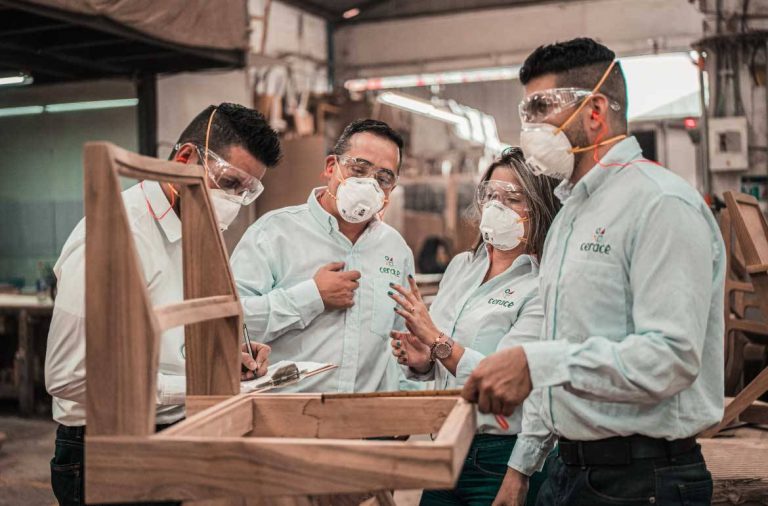

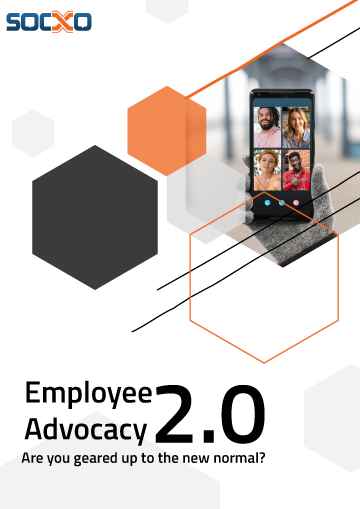
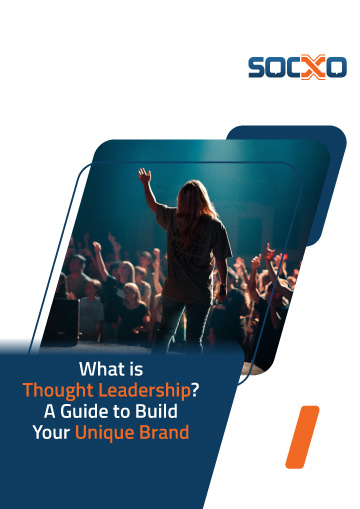



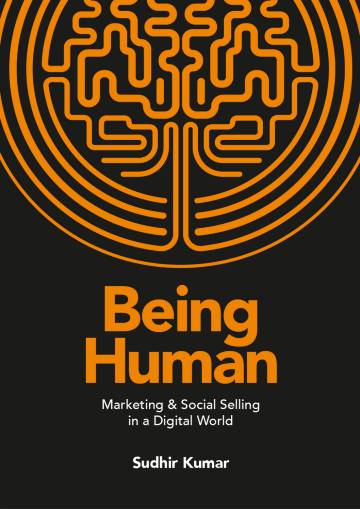
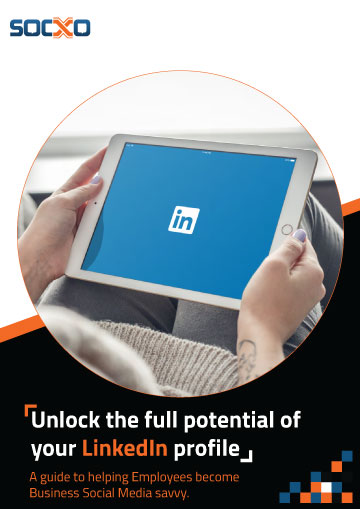

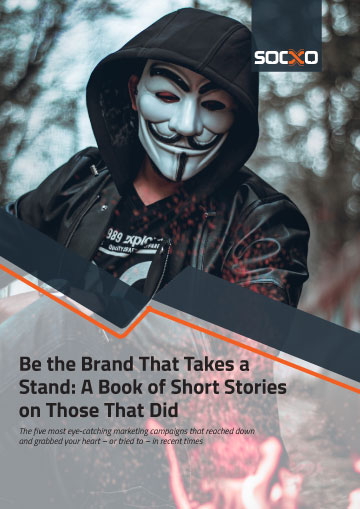
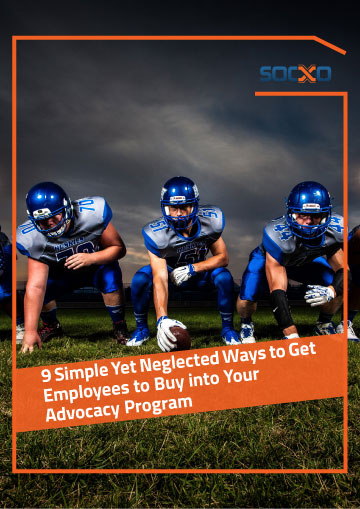
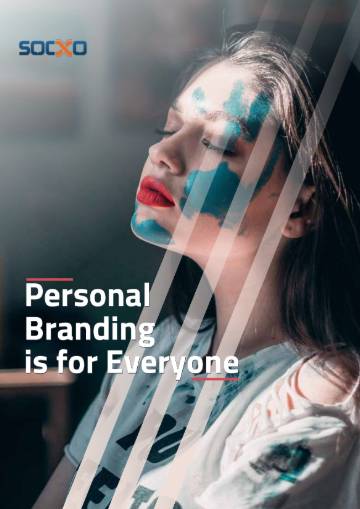



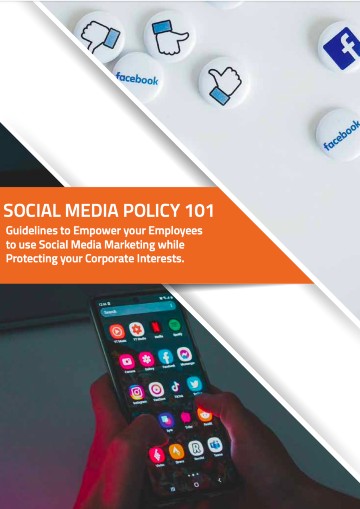
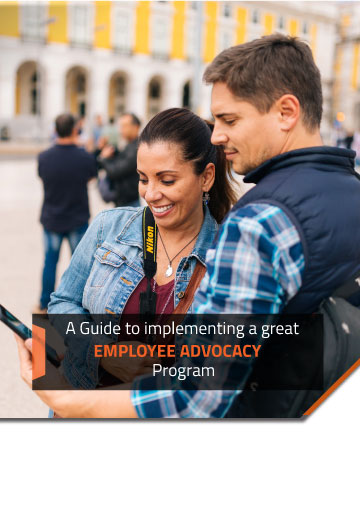
Blog Comments
Blog – Delve Deeper into Employee Advocacy - Socxo
November 24, 2017 at 7:11 am
[…] did this for the 2015 Christmas season as was brought out in an earlier blog. Employees were encouraged to tweet images of the product displays that were being set up for the […]
Blog – Delve Deeper into Employee Advocacy - Socxo
November 27, 2017 at 10:10 am
[…] a previous blog we talked about how Starbucks was rallying their employees (all called as Starbucks Partners), to […]